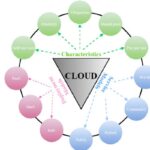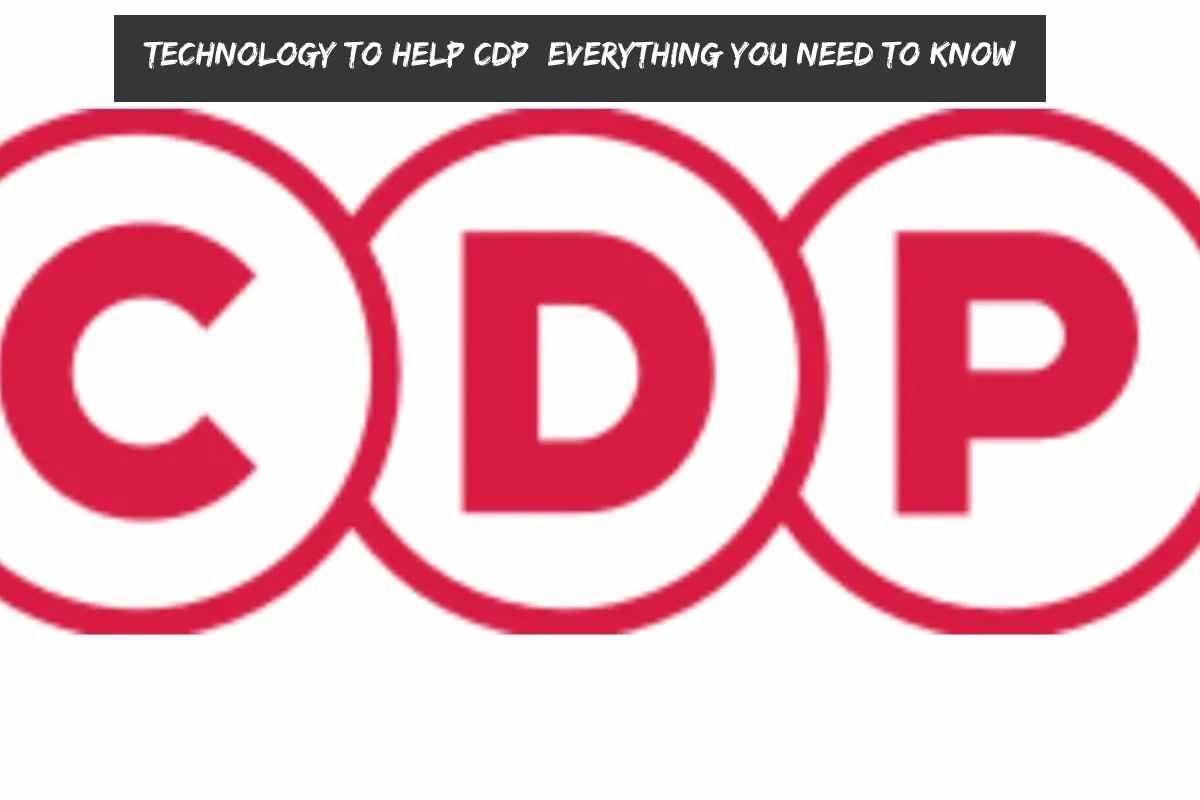CDP – Customer data platforms (CDPs) collect, connect, and analyze customer data to provide brands with a 360-degree view of their customers. While some of these platforms can be pricey, there are also plenty of free CDP options available for SMBs and startups to help them get started on the path to omnichannel marketing.
This guide will cover which channels you should use and what each one does, how to choose the right CDP platform for your business, and much more.
What is a Customer Data Platform (CDP)?
A customer data platform is a technology solution designed to give marketers the information they need to personalize the experience their customers have with their brand.
CDP technology allows organizations to gather and analyze data from various sources to create more meaningful customer interactions. As a result, they play an integral role in the growth and success of companies.
Why Should I Care About Customer Data Platforms?
Organizations have realized they need data to power digital transformation but don’t have the bandwidth or skill set in-house.
The first step is collecting customer data to be able to use it. Data sources may include CRM systems, web analytics, social media, and market research. Organizations can understand their customers better by centralizing customer data through an automated system.
How Does CDP Technology Work?
The first step is getting the data. Then, it aggregates and transforms the data to provide insights into how customers interact with your business. Next, you can use this information to create personalized experiences for each customer and send them targeted communications based on their interests. And finally, you can analyze which marketing campaigns have the most impact on customer behavior by monitoring changes in interaction rates.
What Are the Benefits of CDP?
- Customers can segment and view customer data in real-time, which helps them understand their customers better and ultimately make more informed decisions.
- CDP gives businesses a unified platform to consolidate all their customer data so they can access it anytime, anywhere.
- And because the system is self-service, businesses don’t have to invest heavily in training staff or infrastructure costs.
- As CDP has been around for a while now, plenty of companies offer professional services to help you implement the software effectively.
- These services will give you peace of mind knowing that your business is set up correctly with this technology.
However, one downside to CDP is that no one-size-fits-all solution is available; each business must tailor its system to meet its needs. But if the company goes about it strategically, it won’t be too difficult to customize its CDP.
What Are the Features Available in a CDP?
Marketers and customers can now engage in an always-on conversation. The customer journey map is more detailed and valuable than ever before. Aggregated data will allow you to understand your customers better.
Customer data management platforms like Oracle CDP make it easy for marketers to personalize the messages they send out and monitor customer responses.
Different Types of CDPS
- A data warehouse is a repository of aggregated and cleansed data from various sources, including web analytics, product catalogs, and customer feedback surveys.
- A data lake is a storage system for raw or unprocessed data sets to make extracting insights from those data sets manageable.
- The data mart is a subset of all enterprise data housed in an independent physical location for specialized purposes.
- The customer data platform (CDP) integrates all channels, points-of-interaction (POI), and touchpoints across an organization’s customer experience ecosystem into one unified view.
Understanding the differences between event-based and user-based attribution will help you determine which method is best for your company. In addition, CDPs like Adobe are critical in assisting marketers in building customer relationships by providing data on how customers interact with their brands.












